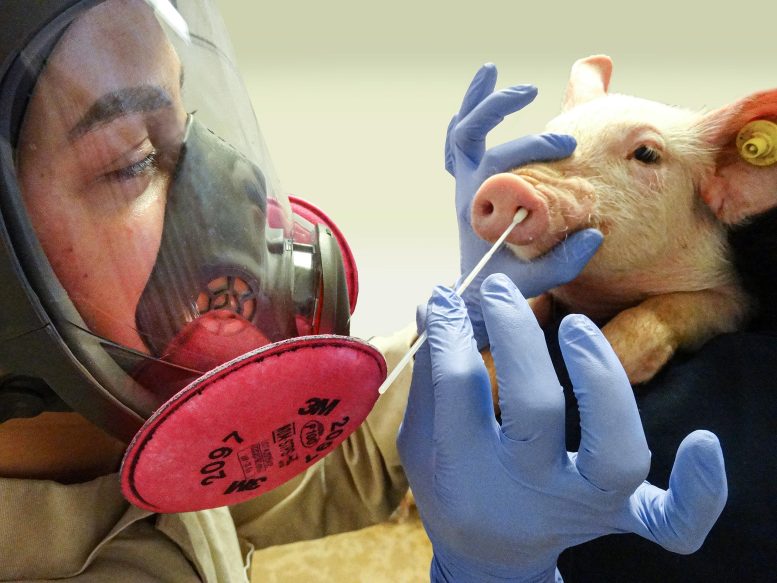
Dr. Giovana Ciacci Zanella swabbing a pig snout to gather samples to test for influenza A virus. The pdm09 strain of influenza A has jumped from humans to swine approximately 370 times since 2009, leading to the evolution of variants that have then crossed back to humans. Credit: M.Marti and A.Grimes, USDA
Analysis provides further support for managing influenza A infection in people who work with swine.
A new study of the strain of influenza A responsible for the 2009 H1N1 pandemic—pdm09—shows that the virus has passed from humans to swine about 370 times since 2009, and subsequent circulation in swine has resulted in the evolution of pdm09 variants that then jumped from swine to humans. Alexey Markin of the U.S. Department of Agriculture-Agricultural Research Service and colleagues presented these findings in the open-access journal PLOS Pathogens.
Influenza A can cause the flu in humans, birds, swine, and some other mammals. In 2009 and 2010, a pandemic caused by pdm09 resulted in thousands of human deaths around the world. Since then, as demonstrated in prior studies, pdm09 has repeatedly passed from humans to swine, and circulation of the virus among swine leads to evolutionary changes in pdm09 that could make it more likely to cross back and infect humans.
To gain a deeper understanding of this risk, Markin and colleagues analyzed pdm09 transmission data between 2009 and 2021. They also investigated how these interspecies events may have affected the genetic diversity of the virus in swine and the risk of subsequent human infection.
Their analysis revealed that pdm09 has crossed from humans to swine around 370 separate times since 2009. The majority of these events happened when the pdm09 burden was highest among humans. During the COVID-19 pandemic in 2020 and 2021, pdm09 circulation among humans dropped, but persisted in swine due to about 150 human-to-swine transmissions between 2018 and 2020.
The researchers found that most human-to-swine transmission events were isolated, but a few led to the sustained circulation of different pdm09 genetic lineages among swine in the U.S. These swine-circulating variants appeared to be genetically poor matches for human seasonal vaccines, suggesting that the vaccines would have provided scant protection against them. The analysis also showed that persistent pdm09 circulation among swine was associated with at least five instances of swine-to-human transmission.
These findings add to mounting evidence that managing influenza A infection in people who work with swine can help prevent transmission to pigs, and subsequently reduce the risk of spread back to humans.
The authors add: “Controlling influenza A virus infection in humans can minimize spillover of viruses into pigs and reduce the diversity of viruses circulating in swine populations. Limiting virus diversity in pigs can minimize the emergence of novel viruses and the potential for swine-to-human transmission of influenza A virus.”
Reference: “Reverse-zoonoses of 2009 H1N1 pandemic influenza A viruses and evolution in United States swine results in viruses with zoonotic potential” by Alexey Markin, Giovana Ciacci Zanella, Zebulun W. Arendsee, Jianqiang Zhang, Karen M. Krueger, Phillip C. Gauger, Amy L. Vincent Baker and Tavis K. Anderson, 27 July 2023, PLOS Pathogens.
DOI: 10.1371/journal.ppat.1011476
This work was supported in part by the USDA-ARS (ARS project number 5030-32000-231-000D to ALVB and TKA); USDA-APHIS (ARS project number 5030-32000-231-080-I to ALVB and TKA); the National Institute of Allergy and Infectious Diseases, National Institutes of Health, Department of Health and Human Services (Contract No. 75N93021C00015 to PCG, ALVB, and TKA); the Centers for Disease Control and Prevention (contract number 21FED2100395IPD to ALVB and TKA); the Department of Defense, Defense Advanced Research Projects Agency, Preventing Emerging Pathogenic Threats program (contract number HR00112020034 to PCG, ALVB, and TKA); the USDA-ARS Research Participation Program of the Oak Ridge Institute for Science and Education (ORISE) through an interagency agreement between the U.S. Department of Energy (DOE) and USDA-ARS (contract number DE-AC05-06OR23100 to ZWA); and the SCINet project of the USDA-ARS (ARS project number 0500-00093-001-00-D to ALVB and TKA). The funders had no role in study design, data collection, and interpretation, or the decision to submit the work for publication.

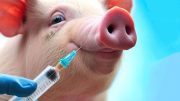
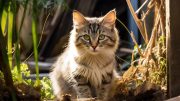
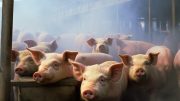

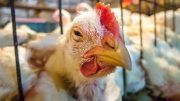
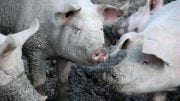
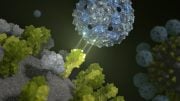
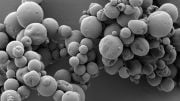
Be the first to comment on "Viral Ping-Pong: “Swine Flu” Strain Has Passed From Humans to Pigs Nearly 400 Times Since H1N1 Pandemic"